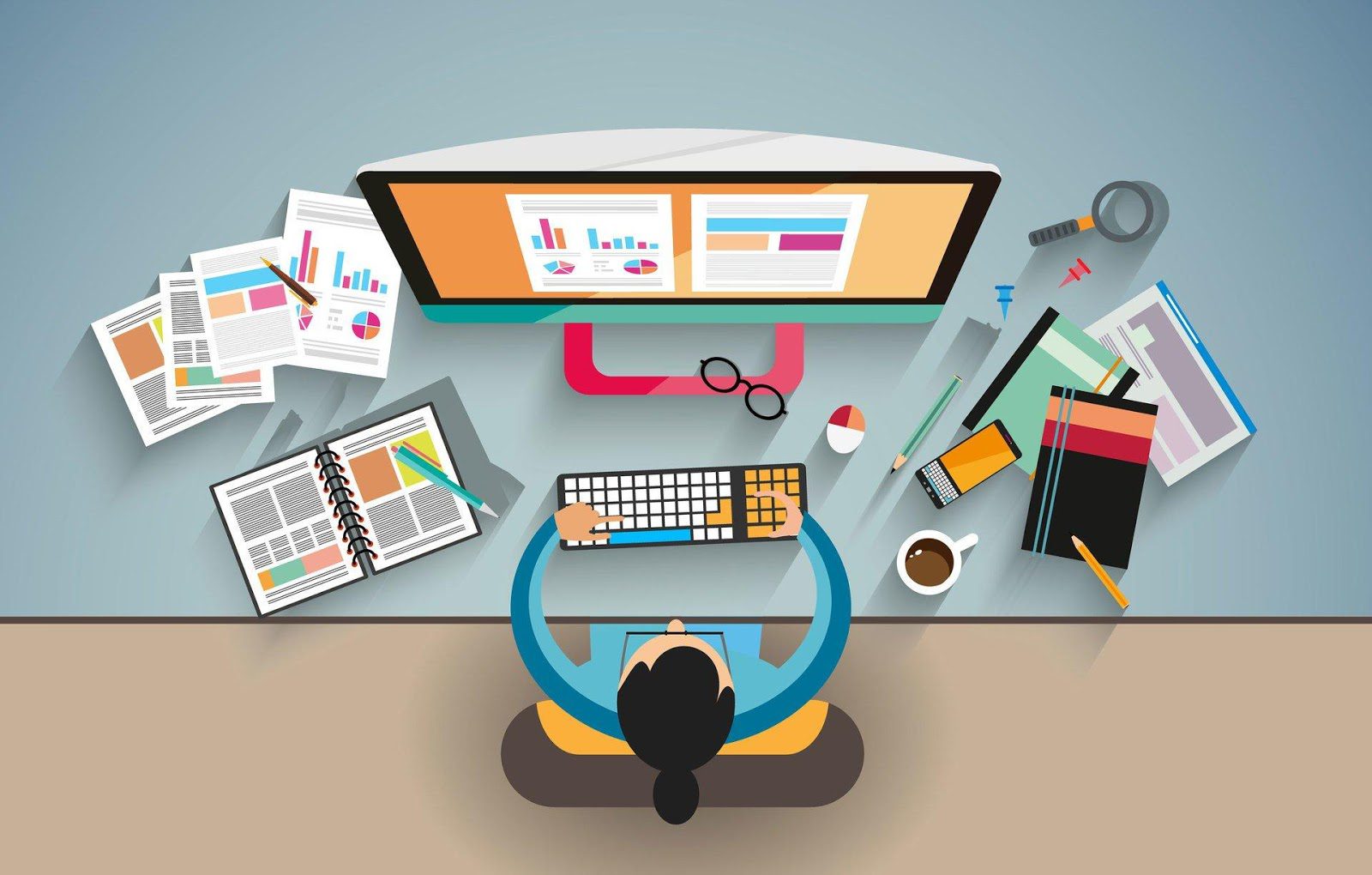In government proposals, communication of details is made especially difficult by the severe page restrictions we often encounter. In addition to improving the overall presentation, the use of graphics is a primary tool in reducing pages. While there is no magic percentage, winning proposals often have 30-60% total page space in graphics.
What makes a graphic “right?” An effective graphic must:
1. Be readable
2. Be understandable
3. Make a needed statement
Let’s look at these three criteria one at a time.
Getting noticed (and read!) Government Proposal Graphics
Four elements affect the probability that a graphic will grab the reader’s attention and be read:
• In-text introduction: For people who read first, the in-text introduction is the first place to influence a graphic’s readability. A strong in-text introduction – one that states a needed benefit – can make looking at the graphic almost irresistible.
• Page position: Try not to make a reader turn a page sideways to read your graphic or hunt for it someplace else in your proposal. Additionally, brain research experts believe that putting pictures on the left side of a page and text or numbers on the right “wakes up” both sides of the brain and gets the message across more quickly.
• Appearance/Complexity: A simple drawing almost always draws attention whereas a complex, detailed illustration will usually make the reader skip the graphic.
• Use of color: For all types of readers, the use of color can do four things: attract, emphasize, clarify, or decorate.
Ensuring clarity and understanding in Government Proposal Graphics
For a graphic to be understood, it has to meet several criteria:
1. The graphic’s message must be understood in a very short time or the reader will skip it.
2. The graphic’s message must be clear without having to read the title or action caption.
3. The graphic’s general message must be clear to the non-technical reader.
The non-technical reader serves as a good benchmark for assessing graphics clarity. Almost all proposal evaluation boards contain key members who are not technically current. The proposal must “sell” to these non-technical evaluators to be considered for award, and a graphic that is clear to you may be gibberish to a non-technical reader.
The way to begin making graphics easily understandable is to make them simple and logical. For example, to simplify things, a highly complex and detailed graphic can be broken down into several less complex graphics. Another successful approach to simplifying graphics is to present a summary graphic (block diagram, etc.) immediately before or within a highly detailed one.
Logic is the other key factor in ensuring that a graphic is understandable. A graphic that is logical in its approach is just plain easier to understand than one that is not. For example, a flow chart without a clear beginning and end loses the reader. (For flow charts, numbering the steps goes a long way to helping readers follow the process.) The specific type of graphic used is also important in ensuring the most effective message. For example, a table illustrating comparative numbers is superior to one just discussing these numbers in text. However, when providing number set comparisons that bring a benefit to the customer, a bar chart representing these numbers better illustrates number differences.
Finally, (at least with respect to clarity), while a good graphic must be able to stand alone, a strong title and/or action caption will ensure that the purpose of the graphic is clear to everyone.
Making a needed statement
Two criteria can be used to decide if your proposed graphic message is needed: Does the graphic tell something that is either important to the customer or unique to you? For example, to judge importance to the customer, see if your message responds to some specific RFP requirement-Section M is a good place to start. For “needs to know,” check to see if your graphic illustrates a theme or provides feature(s) and resulting benefit(s) of your approach.
A Government Proposal Graphics checklist
While art, like beauty, is in the eye of the beholder, there are some simple guidelines for judging if your artwork will help strengthen or weaken your proposal. The checklist below can be used to: (1) aid writers in preparing graphics; (2) assist proposal/volume/section managers in evaluating graphics prepared by their teams; and (3) rate proposal graphics effectiveness during Red Team reviews. Assess each graphic against the following ten test criteria using the numerical scoring system described below the table. The higher the score, the more likely your graphic will help your proposal, not hinder it.
Government Proposal Graphics Test
1. The graphic grabs the reader’s attention in less than 10 seconds
2. The overall message of the graphic is understood in less than 30 seconds
3. The graphic message is clear without reading the title or action caption
4. The general graphic message is clear to a non-technical reviewer
5. The graphic presentation is logical. For example, a flow chart has clear beginning and end points
6. The graphic type and layout is the best way to state and sell the intended message
7. The message conveyed by the graphic is one the evaluator wants to see or needs to know
8. The graphic complements/supplements the text with minimal redundancy and enhances the story
9. The action caption matches the graphic, summarizes the graphic, and provides a benefit
10. The graphic responds to RFP requirements or sells themes/features and resulting benefits
GRAPHICS SCORING: 0 – 3 Not Usable, Toss and Start Over; 4 – 5 Not Usable, Major Revisions Required; 6 – 7 Marginally Usable, Upgrade if Possible; 8 – 9 Usable; 10 Highly Usable
Need Help with Your Government Proposal Graphics?



Leave A Comment